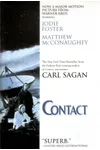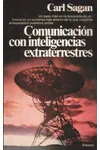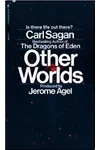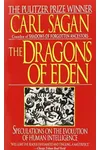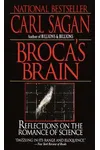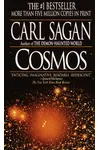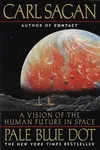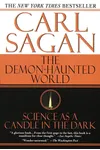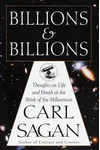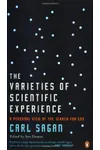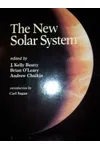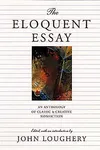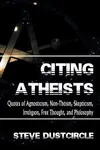Picture a starry-eyed dreamer who turned the mysteries of the universe into captivating stories for all—meet Carl Sagan! This American astronomer and science communicator didn’t just study the cosmos; he brought it to living rooms worldwide with his infectious passion and gift for storytelling. From bestselling books to the iconic TV series Cosmos, Sagan made science feel like an epic adventure.
Born in Brooklyn, New York, Sagan’s curiosity about the stars sparked early, leading him to become one of the most influential voices in science. His work didn’t just educate—it inspired generations to look up and wonder. Let’s dive into the life and legacy of this cosmic storyteller!
The Making of Carl Sagan
Carl Sagan was born on November 9, 1934, in Brooklyn to a working-class family. As a child, he was captivated by science fiction and visits to the New York World’s Fair, which fueled his lifelong fascination with the universe. He earned degrees from the University of Chicago, culminating in a Ph.D. in astrophysics in 1960. Early in his career, Sagan researched planetary atmospheres at NASA, contributing to missions like the Mariner and Voyager programs. His ability to explain complex ideas with clarity set him apart, paving the way for his role as a public science communicator.
Carl Sagan’s Unforgettable Works
Sagan’s books and media projects turned scientific concepts into gripping narratives. His 1980 TV series Cosmos: A Personal Voyage was a global phenomenon, blending stunning visuals with Sagan’s poetic narration to explore the universe’s wonders. Watched by over 500 million people, it remains a benchmark for science communication.
His book The Dragons of Eden (1977) won a Pulitzer Prize, diving into the evolution of human intelligence with wit and accessibility. Contact (1985), a novel about humanity’s first encounter with extraterrestrial life, showcased his ability to weave science with speculative storytelling, later adapted into a hit film. Pale Blue Dot (1994) reflected on Earth’s fragility, inspired by a Voyager image of our planet as a tiny speck in space. Sagan’s style was warm, imaginative, and deeply human, making the vastness of the cosmos feel intimate and urgent.
Through these works, Sagan championed scientific skepticism and the search for extraterrestrial intelligence (SETI), urging humanity to embrace curiosity while questioning pseudoscience. His themes of wonder, humility, and interconnectedness resonated across audiences, from academics to everyday readers.
Why Carl Sagan Matters
Carl Sagan’s impact transcends science. He democratized knowledge, making the universe accessible to all, regardless of background. Cosmos inspired countless careers in science, while his advocacy for space exploration shaped public and political support for NASA. His warnings about climate change and nuclear risks were prescient, reflecting his commitment to humanity’s survival.
Even after his death in 1996, Sagan’s legacy endures. The 2014 reboot of Cosmos, hosted by Neil deGrasse Tyson, introduced his vision to a new generation. His words continue to inspire awe and responsibility, reminding us to cherish our “pale blue dot” and explore the unknown with courage.
About Carl Sagan
- Born: November 9, 1934, in Brooklyn, New York
- Key Works: Cosmos, The Dragons of Eden, Contact, Pale Blue Dot
- Awards: Pulitzer Prize (1978), Emmy Awards for Cosmos
- Died: December 20, 1996
Ready to explore the universe? Grab Cosmos or Pale Blue Dot and let Carl Sagan’s cosmic storytelling sweep you away!
